Back to Courses
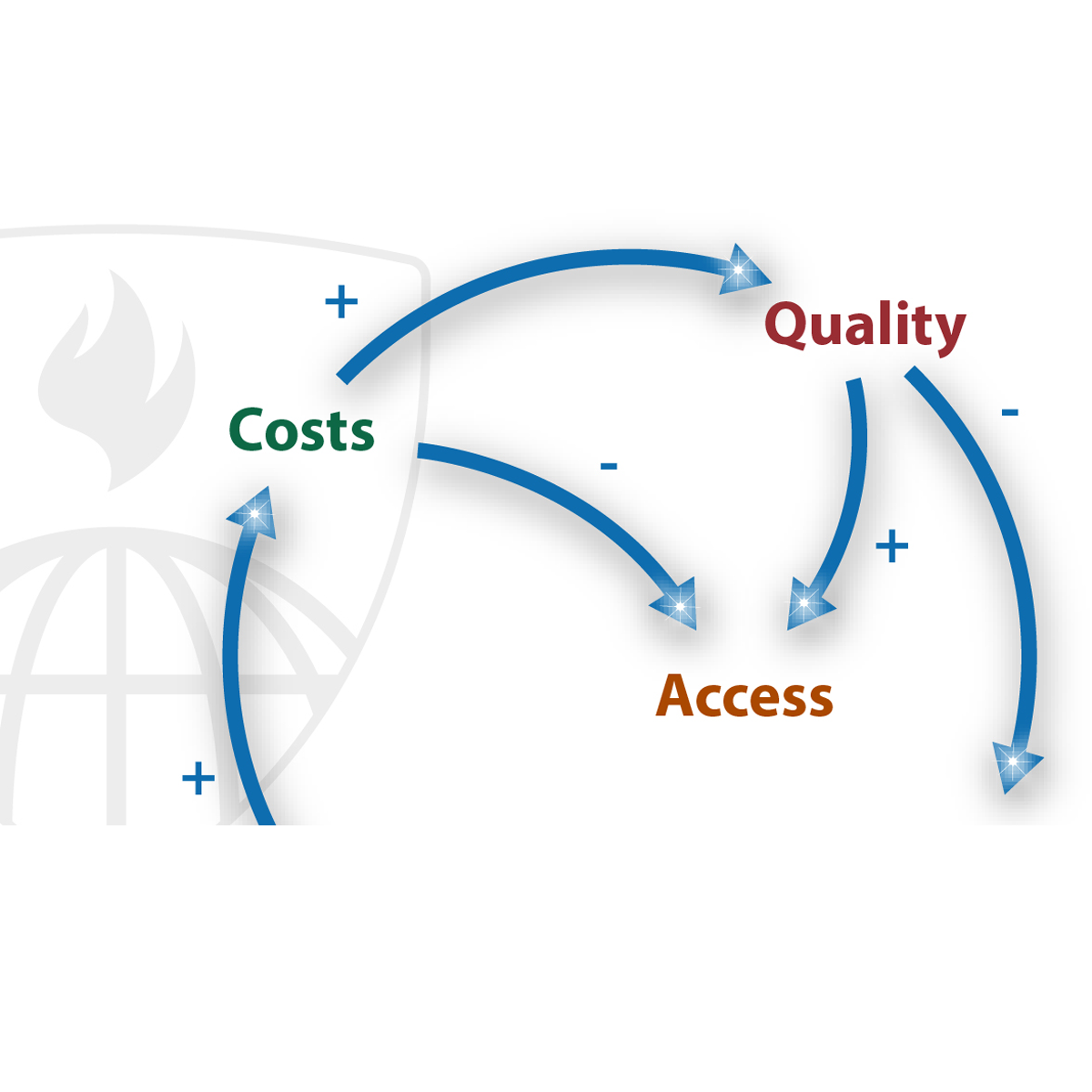

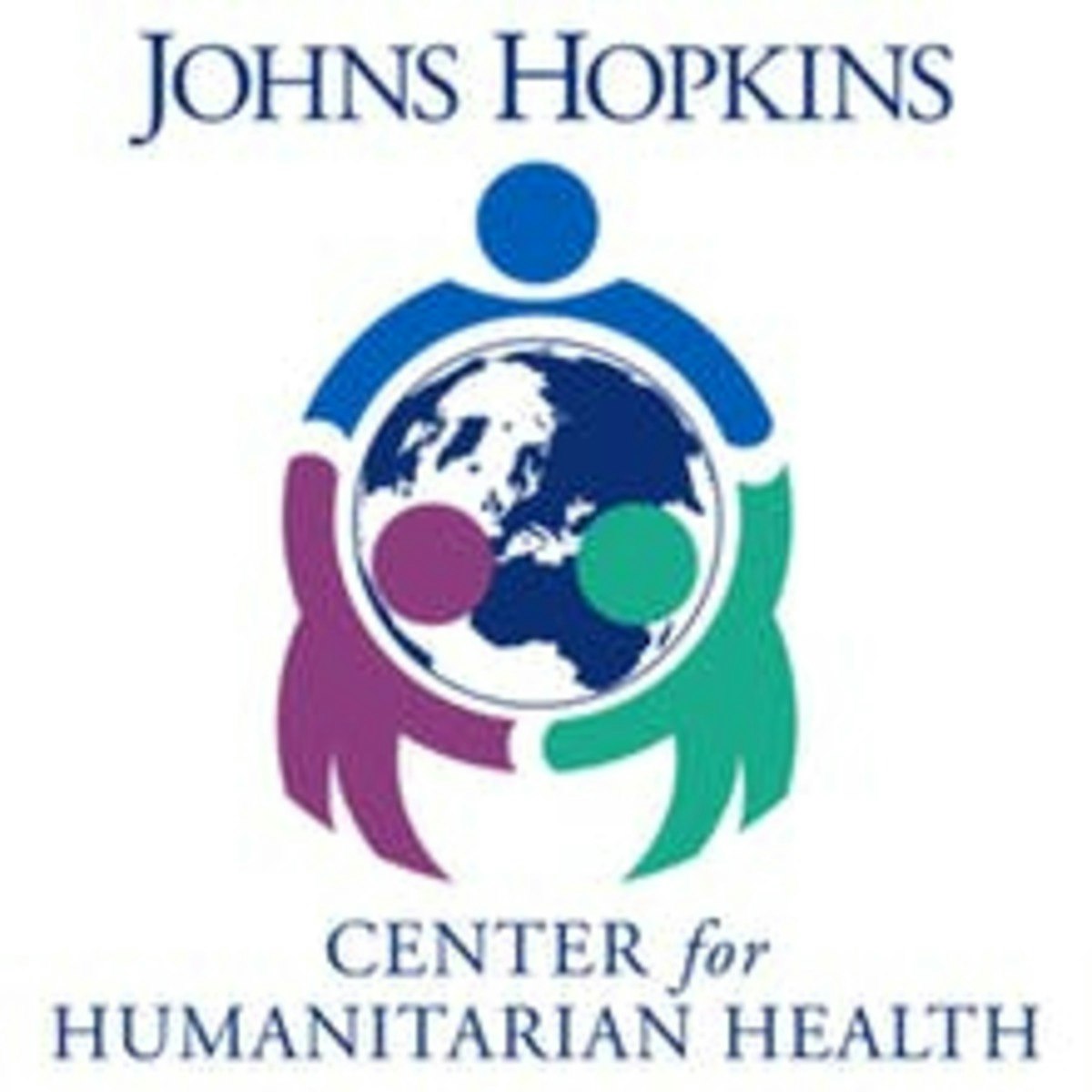


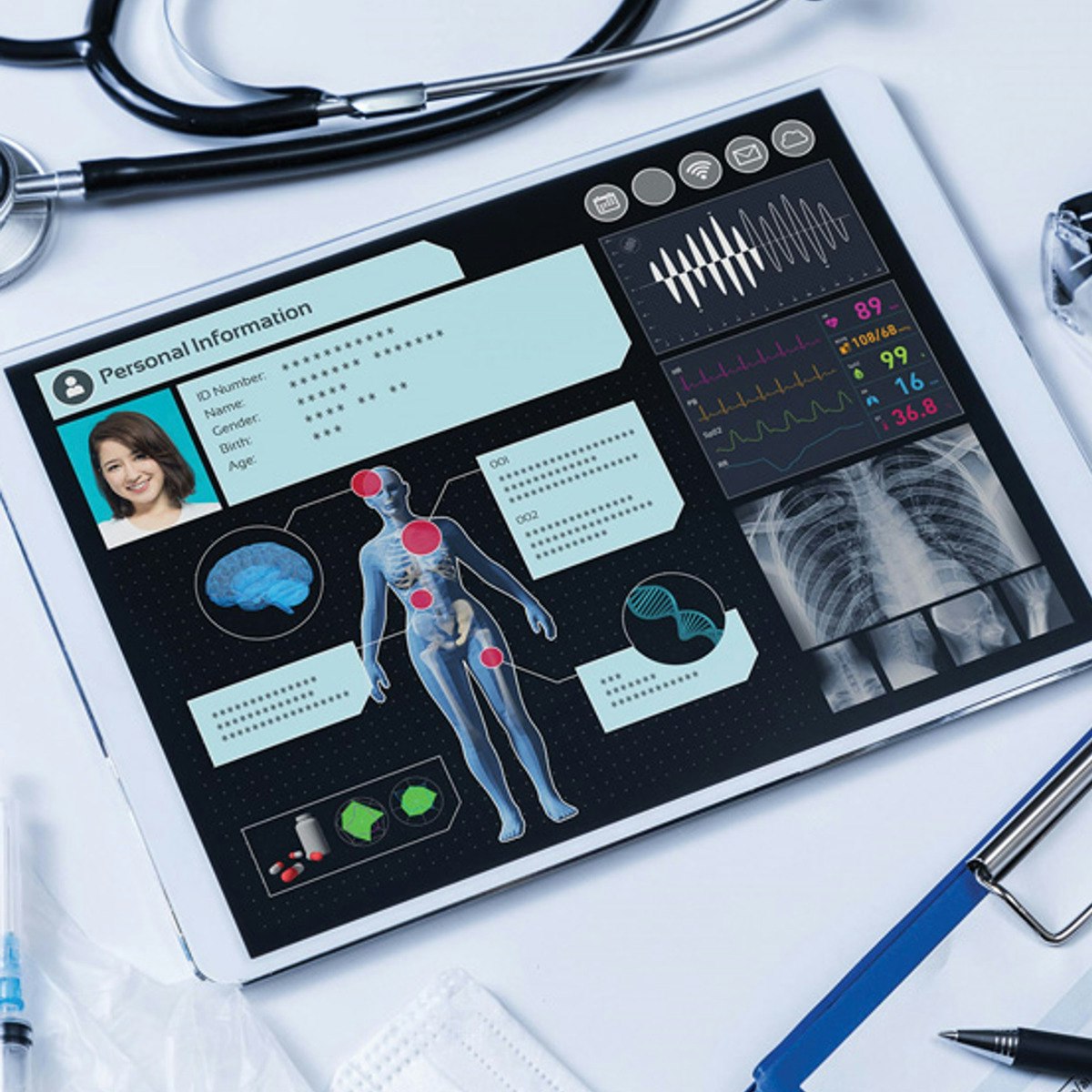
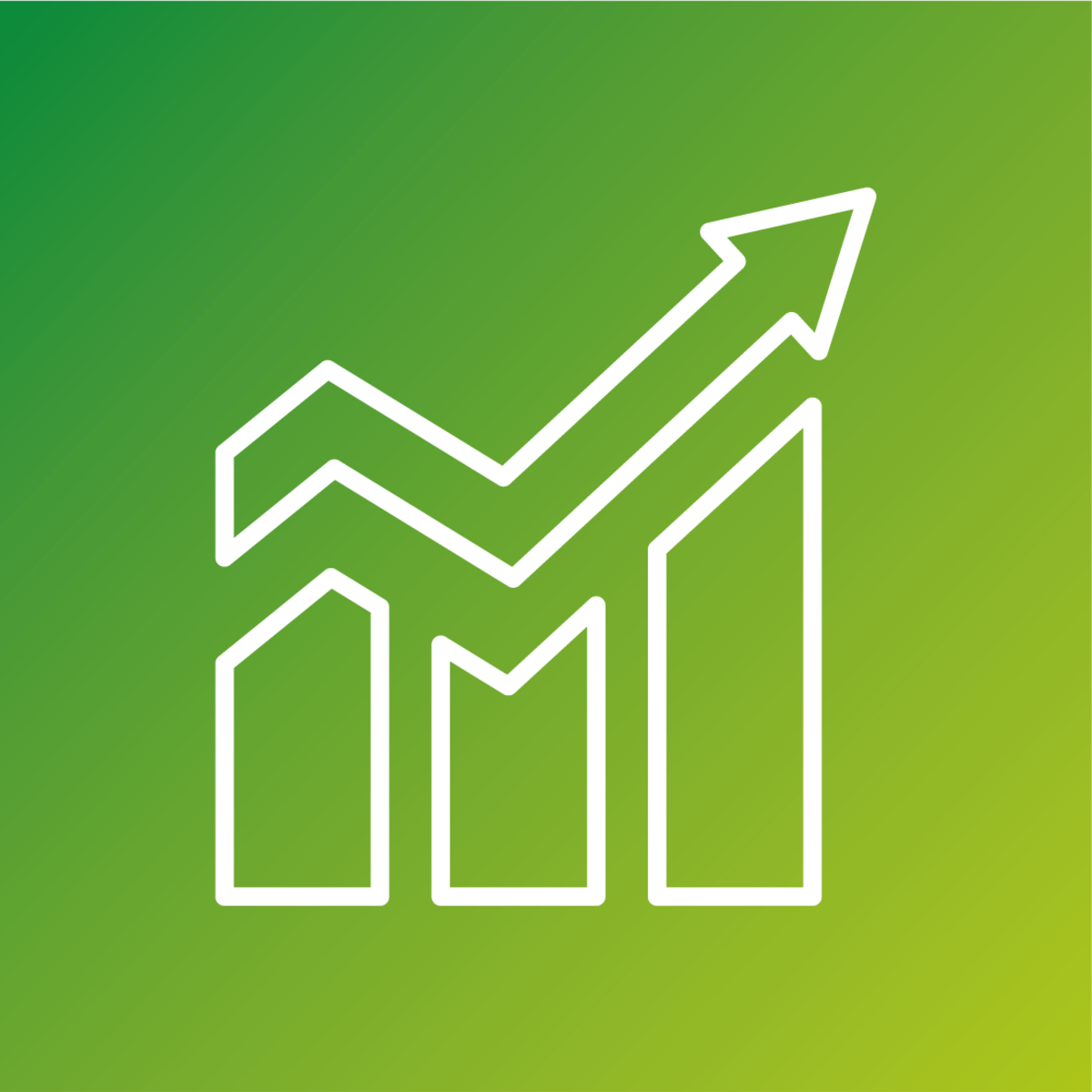
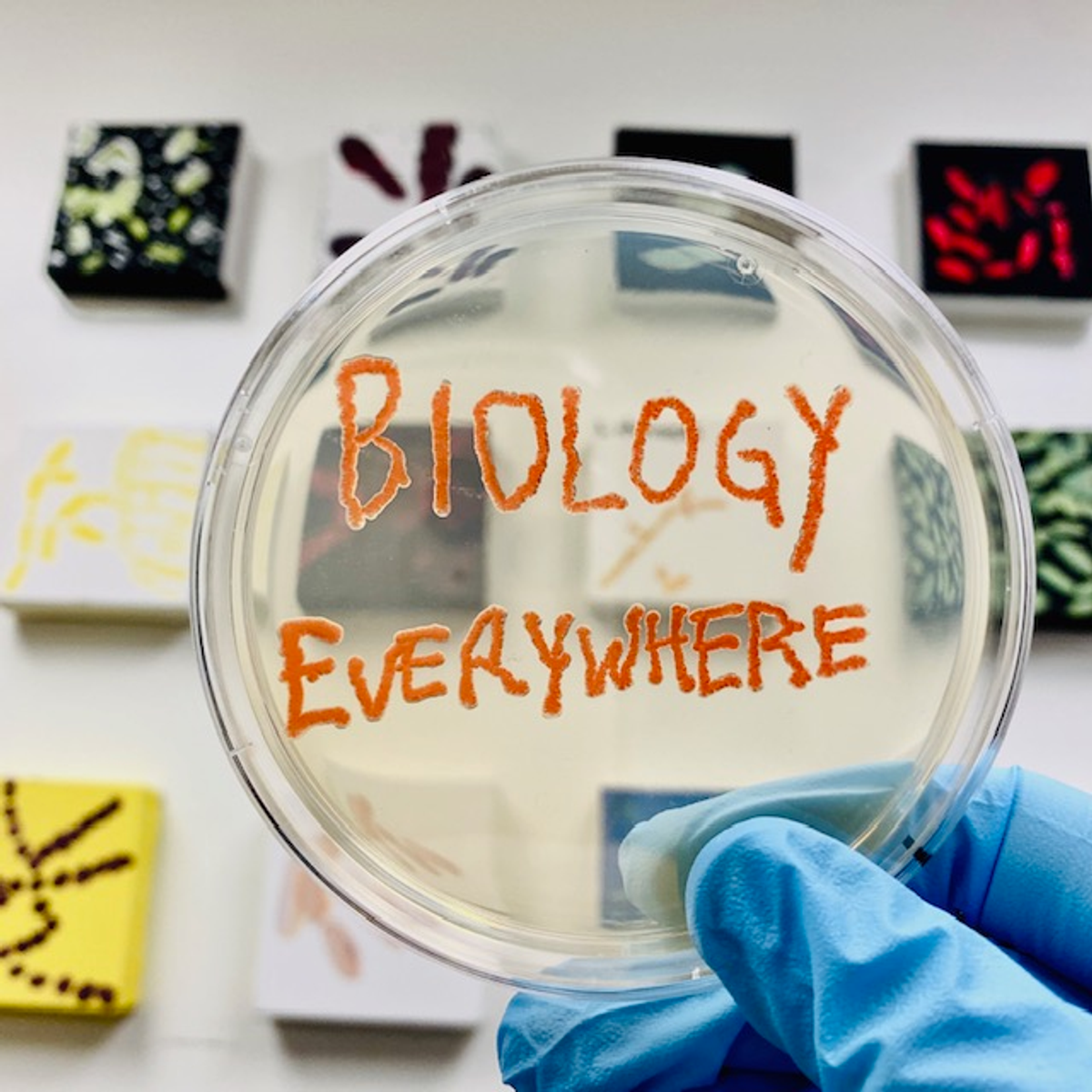

Life Sciences Courses - Page 21
Showing results 201-210 of 644

The Little Stuff: Energy, Cells, and Genetics
In this course, we will explore the smaller side of biology: molecular biology. We’ll cover basic topics including cell biology and how cells can go “rogue” and turn into cancer, how energy from the sun is transferred to fuel our bodies, basics of genetics and inheritance, and genetic technologies. At the end of this course, we will discuss ethical and moral implications of several exciting and new genetic technologies.
Systems Thinking In Public Health
This course provides an introduction to systems thinking and systems models in public health. Problems in public health and health policy tend to be complex with many actors, institutions and risk factors involved. If an outcome depends on many interacting and adaptive parts and actors the outcome cannot be analyzed or predicted with traditional statistical methods. Systems thinking is a core skill in public health and helps health policymakers build programs and policies that are aware of and prepared for unintended consequences.
An important part of systems thinking is the practice to integrate multiple perspectives and synthesize them into a framework or model that can describe and predict the various ways in which a system might react to policy change. Systems thinking and systems models devise strategies to account for real world complexities.
This work was coordinated by the Alliance for Health Policy and Systems Research, the World Health Organization, with the aid of a grant from the International Development Research Centre, Ottawa, Canada. Additional support was provided by the Department for International Development (DFID) through a grant (PO5467) to Future Health Systems research consortium.
© World Health Organization 2014
All rights reserved. The designations employed and the presentation of the material in this publication do not imply the expression of any opinion whatsoever on the part of the World Health Organization concerning the legal status of any country, territory, city or area or of its authorities, or concerning the delimitation of its frontiers or boundaries. Dotted and dashed lines on maps represent approximate border lines for which there may not yet be full agreement. The mention of specific companies or of certain manufacturers’ products does not imply that they are endorsed or recommended by the World Health Organization in preference to others of a similar nature that are not mentioned. Errors and omissions excepted, the names of proprietary products are distinguished by initial capital letters. All reasonable precautions have been taken by the World Health Organization to verify the information contained in this publication. However, the published material is being distributed without warranty of any kind, either expressed or implied. The responsibility for the interpretation and use of the material lies with the reader. In no event shall the World Health Organization be liable for damages arising from its use. Johns Hopkins University Bloomberg School of Public Health has a non-exclusive license to use and reproduce the material.

Healthcare Data Quality and Governance
Career prospects are bright for those qualified to work with healthcare data or as Health Information Management (HIM) professionals. Perhaps you work in data analytics but are considering a move into healthcare, or you work in healthcare but are considering a transition into a new role. In either case, Healthcare Data Quality and Governance will provide insight into how valuable data assets are protected to maintain data quality. This serves care providers, patients, doctors, clinicians, and those who carry out the business of improving health outcomes.
"Big Data" makes headlines, but that data must be managed to maintain quality. High-quality data is one of the most valuable assets gathered and used by any business. This holds greater significance in healthcare where the maintenance and governance of data quality directly impact people’s lives. This course will explain how data quality is improved and maintained. You’ll learn why data quality matters, then see how healthcare professionals monitor, manage and improve data quality. You’ll see how human and computerized systems interact to sustain data quality through data governance. You’ll discover how to measure data quality with metadata, tracking data provenance, validating and verifying data, along with a communication framework commonly used in healthcare settings.
This knowledge matters because high-quality data will be transformed into valuable insights that can save lives, reduce costs, to improve healthcare and make it more accessible and affordable. You will make yourself more of an asset in the healthcare field by what you gain from this course.
Public Health in Humanitarian Crises 2
This course, Public Health in Humanitarian Crises 2, addresses public health issues of people affected by disasters, both natural or conflict-related. It discusses the many changes that occur in people’s lives when they are uprooted by a disaster, including many important topics related to humanitarian crises, such as when there is an epidemic a public health emergency; what do we mean with the humanitarian development nexus; what are the basics of disaster epidemiology and surveillance; humanitarian principles; and other very relevant topics. We will explore what humanitarian interventions could look like if we want to mitigate the effects of disasters.
This course is a follow-up to Public Health in Humanitarian Crises 1, which dealt with changes in disease patterns, access to health care, livelihoods, shelter, sanitary conditions, nutritional status, and other issues.
The course content is a mix of theoretical knowledge and many practical examples from recent disasters. We think this course is unique because it contains so many practical ‘real-life’ examples and is taught be instructors and guest lecturers who together have over 200 years of experience in this field. The course consists of 10 modules totaling approximately 14-16 hours of delivered content with an additional 2-3 hours of self-work (quizzes and writing and evaluating a short peer-review assignment) as well as lively discussions forums. The first course, Public Health in Humanitarian Crises 1 (PHHC1), has been designed in a way that each module builds on the lessons of previous modules. However, the modules from this second course, Public Health in Humanitarian Crises 2 (PHHC2) can be accessed in any order and some can stand alone. You do not necessarily need to do PHHC1 before PHHC2, but it might be helpful to take some or all of PHHC1, as some of the basic or fundamental issues are covered in this course. PHHC2 contains a somewhat more diverse set of topics than the previous course as it deals with more complicated issues.
You do not have to pay for this course if you choose to enroll without a certificate. Sometimes referred to as auditing, enrolling without a certificate means that you will have access to all of the videos and discussions. The only difference is that you will not be able to take the quizzes to earn a certificate upon completion. Click the Audit or Enroll Without A Certificate link to sign up and begin the course. Visit the Learner Help Center for more details about your enrollment options.

Diabetes - a Global Challenge
Diabetes and obesity are growing health problems in rich and poor countries alike. With this course you will get updated on cutting-edge diabetes and obesity research including biological, genetic and clinical aspects as well as prevention and epidemiology of diabetes and obesity. All lectures are provided by high-profile scientists from one the world's leading universities in diabetes research.
This course is part of the EIT Health Campus programme.
We hope you will enjoy our course.
Best Wishes
Jens Juul Holst, Signe Sørensen Torekov and Nicolai Wewer Albrechtsen
Department of Biomedical Sciences Novo Nordisk Foundation Center for Basic Metabolic Research
Faculty of Health and Medical Sciences University of Copenhagen

Equine Welfare and Management
This unique course was developed by veterinarians at the world-renowned University of California, Davis School of Veterinary Medicine. The course will address horsemanship from a welfare perspective, within the context of “The Five Freedoms” of animal welfare. We’ll explore equine physiology, behavior and basic needs including housing, nutrition, hygiene and disease management. You’ll learn how to perform basic tasks to assess the overall condition of the horse and identify problem areas. We’ll also examine the specialized needs of the equine athlete and the major responsibilities we as owners, handlers or competitors must assume in order to ensure the health and welfare of our equine companions. Finally, we’ll look several special topics in equine welfare including disaster planning and the international welfare efforts now in place to protect working horses and other equids in key industries such as racing, international competition, tourism and even mining. By the conclusion of the course, you will be well equipped to develop a comprehensive welfare plan for any horses in your care.
Capstone Assignment - CDSS 5
This course is a capstone assignment requiring you to apply the knowledge and skill you have learnt throughout the specialization. In this course you will choose one of the areas and complete the assignment to pass.

Linear Regression in R for Public Health
Welcome to Linear Regression in R for Public Health!
Public Health has been defined as “the art and science of preventing disease, prolonging life and promoting health through the organized efforts of society”. Knowing what causes disease and what makes it worse are clearly vital parts of this. This requires the development of statistical models that describe how patient and environmental factors affect our chances of getting ill. This course will show you how to create such models from scratch, beginning with introducing you to the concept of correlation and linear regression before walking you through importing and examining your data, and then showing you how to fit models. Using the example of respiratory disease, these models will describe how patient and other factors affect outcomes such as lung function.
Linear regression is one of a family of regression models, and the other courses in this series will cover two further members. Regression models have many things in common with each other, though the mathematical details differ.
This course will show you how to prepare the data, assess how well the model fits the data, and test its underlying assumptions – vital tasks with any type of regression.
You will use the free and versatile software package R, used by statisticians and data scientists in academia, governments and industry worldwide.

Biology Everywhere Foundations
In this course, we will explore the nature of science and biology. We will discuss what the “biology everywhere” philosophy means and the history of the “biology everywhere” project. We will also discuss what science (and biology) are as a discipline of inquiry and how chemistry is foundational to understanding biology.

Healthcare Data Literacy
This course will help lay the foundation of your healthcare data journey and provide you with knowledge and skills necessary to work in the healthcare industry as a data scientist. Healthcare is unique because it is associated with continually evolving and complex processes associated with health management and medical care. We'll learn about the many facets to consider in healthcare and determine the value and growing need for data analysts in healthcare. We'll learn about the Triple Aim and other data-enabled healthcare drivers. We'll cover different concepts and categories of healthcare data and describe how ontologies and related terms such as taxonomy and terminology organize concepts and facilitate computation. We'll discuss the common clinical representations of data in healthcare systems, including ICD-10, SNOMED, LOINC, drug vocabularies (e.g., RxNorm), and clinical data standards. We’ll discuss the various types of healthcare data and assess the complexity that occurs as you work with pulling in all the different types of data to aid in decisions. We will analyze various types and sources of healthcare data, including clinical, operational claims, and patient generated data as well as differentiate unstructured, semi-structured and structured data within health data contexts. We'll examine the inner workings of data and conceptual harmony offer some solutions to the data integration problem by defining some important concepts, methods, and applications that are important to this domain.
Popular Internships and Jobs by Categories
Find Jobs & Internships
Browse
© 2024 BoostGrad | All rights reserved